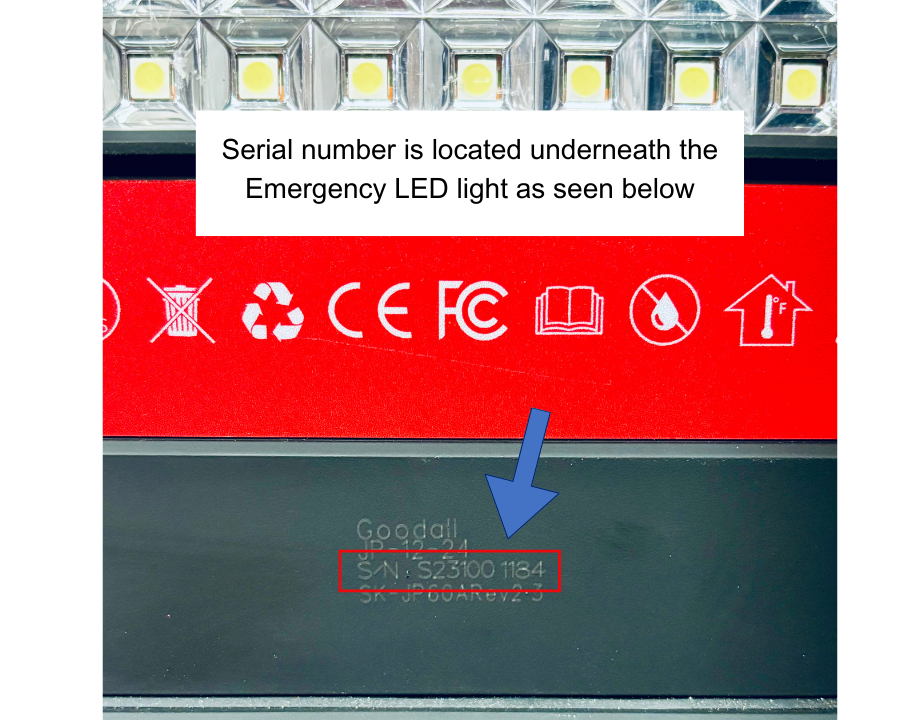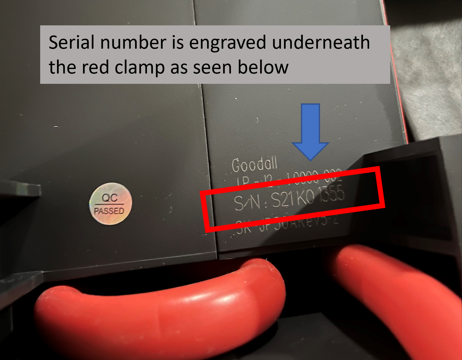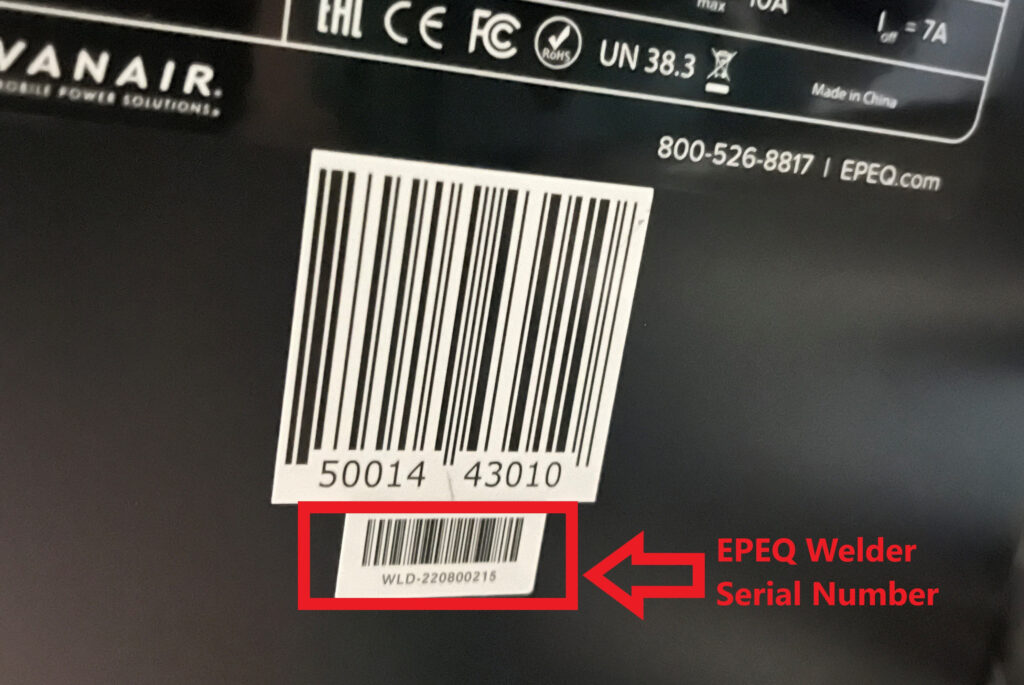Frequently Asked Questions
What is a rotary screw compressor?
A rotary screw air compressor is oil-flooded and uses a male and a female helical rotor assembly. As the rotors rapidly spin in a stator (chamber), within very close tolerances, they are separated by a thin layer of oil. The oil inside the unit acts as a lubricant, seals the rotors, and cools the system from the heat of compression. Key benefits to using a rotary screw compressor include:
• Fewer moving parts to wear.
• It provides a large volume of cooled air.
• 100% duty cycle, or air-on-demand.
• 110,000 hour bearing design life.
• Requires less maintenance than other compressors.
• Cooler than reciprocating compressors (runs at 180-210F).
• It provides a welcomed reduction of noise for the operator.
• Vanair® rotary screw compressors offer 10 to 1500 CFM of air power.
Do I need an air reservoir with a screw compressor?
Typically, no, you do not. Rotary screw air compressors are positive displacement “pumps.” Air is generated on demand as the inlet valve opens.
Why is a cooler necessary?
The rotary screw air compressor’s rotors are immersed in an oil bath. Heat is generated during compression and is absorbed by the compressor oil. This oil is circulated through a cooler and returned to the compressor.
What is the average life cycle for a rotary screw air compressor? Vanair® utilizes cutting edge technology in the rotary screw compressor product line. Design life exceeds 100,000 hours and exceeds truck life by a 5:1 factor.
Why choose a Vanair® PTO compressor over a portable compressor?
Lower cost, enhances maneuverability of vehicle in congested areas, eliminates redundant prescribed maintenance schedules associated with two engines, eliminates theft from job site, eliminates multiple vehicles at job site, and increases utilization of the truck’s chassis.
Will my Vanair® compressor deliver the performance of my old portable compressor?
Vanair® compressors will outperform portables with a similar CFM rating, due to the advantage of utilizing the vehicle’s higher output drive train.
What is the output capacity of a Vanair® PTO system?
Vanair® offers products ranging from 20 CFM to 1500 CFM.
What is the advantage of a rotary screw compressor versus a reciprocating compressor?
A reciprocating air compressor works by using pistons driven by a crank shaft to compress the air; very much like an internal combustion engine, this usually provides 30 to 60 CFM of air in mobile applications. A reciprocating compressor works by having a piston that travels downwards towards bottom dead center (BDC) sucking air into the cylinder from the atmosphere. The piston then begins moving towards top dead center (TDC) compressing the air. When the pressure reaches its design limit it pushes the discharge valve open, and the compressed air is delivered to an air reservoir. By design with more moving parts, a reciprocating compressor is only able to operate for a 60% duty cycle and requires downtime to cool. Downtime is required for reciprocating compressor systems since they run extremely hot, usually operating between 300 to 400 degrees Fahrenheit on average.
What type of vehicle can I mount my Vanair® PTO compressor on?
These can be used on work truck chassis that have PTO provisions on the transmission.
What is the recommended CFM output for my application?
Please refer to the air tool consumption guide on this website to determine CFM capacities. If you will use multiple tools simultaneously, the air consumption is additive when determining the required CFM.
What is the recommended PSI output for my application?
Most pneumatic tools are rated at 90-110 PSI. Higher pressures delivered to tools rated at 90 -110 PSI will only shorten tool life. Please refer to the air tool consumption guide on this website.
What does CFM stand for?
Cubic Feet per Minute
What does PSI stand for?
Pounds per Square Inch
How can I MIG weld with my Air N Arc® system?
Many Air N Arc® machines come standard with both constant current (CC) and constant voltage (CV) weld selections for the operator to utilize. While using SMAW (stick), the operator will choose CC, but if the operator would like to GMAW (MIG), they can choose the CV setting and utilize any voltage sensing suitcase feeder for this operation.
Is it safe to use automatic transmission fluid (ATF) in my rotary screw compressor?
NO! With advancements in chemical makeups, Safety Data Sheets for ATF’s are now appearing with warnings against hydrogen sulfide (explosive gas) forming in the presence of heat and water, and warnings against static build-up and discharge in lubrication and fluid transfer system.



